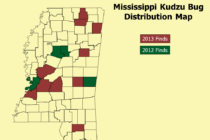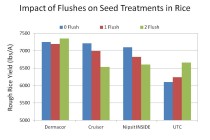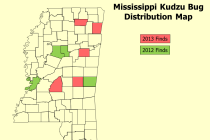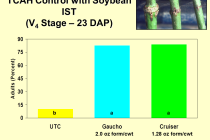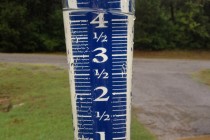Bollworm Flight Later Than Normal But Now Starting
Usually in Mississippi the major bollworm flight coming off of corn usually ranges from June 25-July 7th on average. We started getting our first calls out of the south Delta this week. Many consultants are reporting scattered worms and eggs

